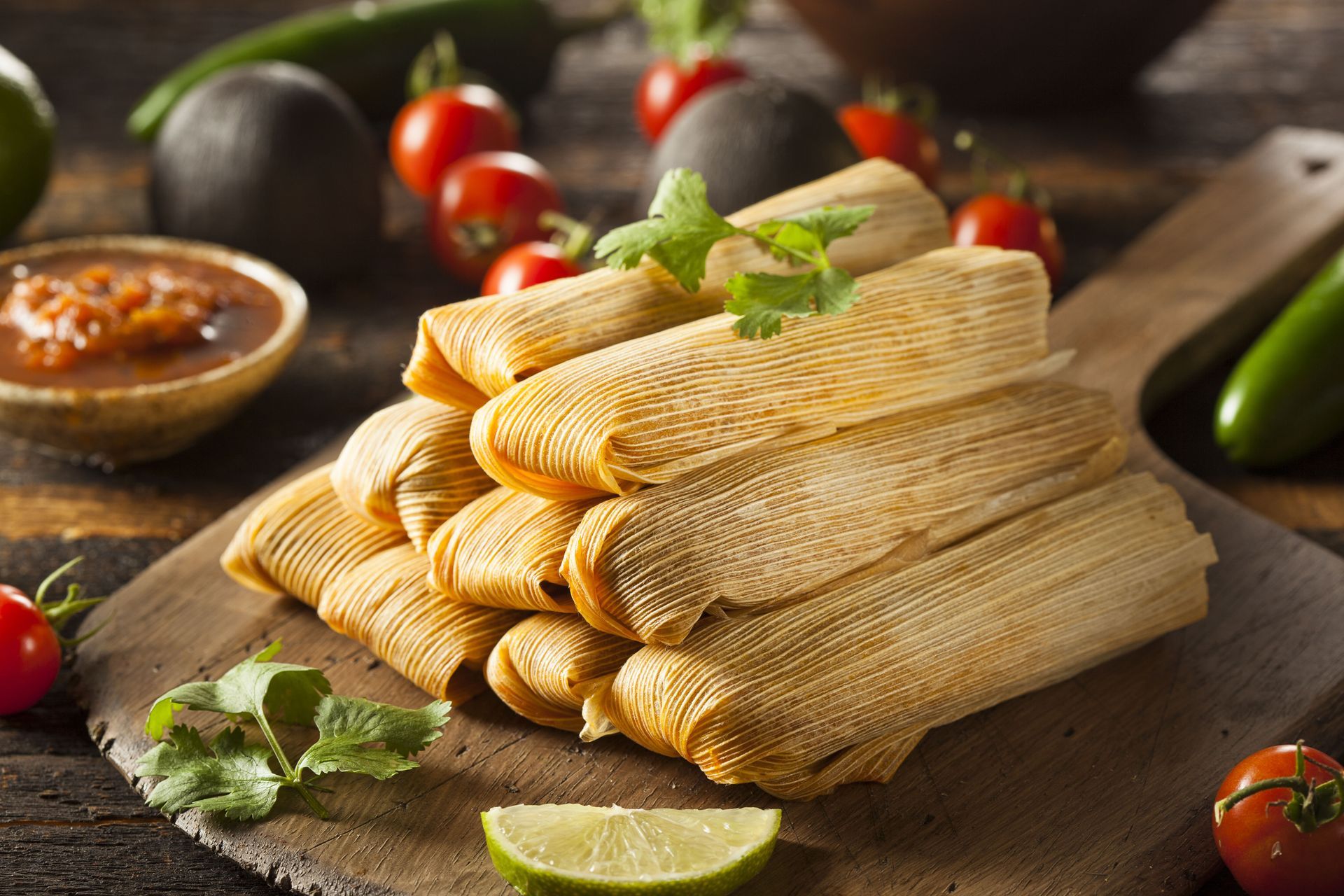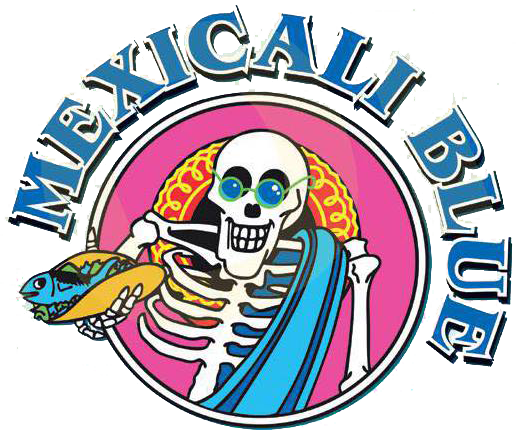The Role of Corn in Mexican Cuisine and Culture
Corn, or maize, is a cornerstone of Mexican cuisine and an integral part of its cultural identity. From ancient civilizations to modern culinary innovations, corn has played a crucial role in shaping the dietary habits and cultural traditions of Mexico. This article explores the historical significance, culinary applications, cultural rituals, economic impact, nutritional value, and modern interpretations of corn in Mexican society. Understanding the multifaceted role of corn reveals much about the heritage and evolution of Mexican culture. Its influence extends far beyond mere food, impacting economic policies, cultural rituals, and societal values.
Corn in Pre-Columbian Civilizations
The domestication of corn dates back thousands of years to the indigenous peoples of Mesoamerica. These early civilizations, such as the Maya and Aztecs, centered their agriculture and diet around this versatile grain. Corn was more than just sustenance; it was considered a gift from the gods. As a primary crop, it supported the growth of cities and the development of complex societies. This foundational role in early Mexican culture underscores the importance of corn as not just a food source, but as a pivotal cultural symbol.
In ancient Mexico, corn was integral to the success of agricultural practices. Its cultivation allowed for the support of large populations, contributing to the advancement of infrastructure and trade. The farming techniques developed by pre-Columbian civilizations optimized the yield of this staple crop. These innovations underscore the significant contributions of these early peoples to modern agriculture. Long before the Spanish conquest, corn had cemented its place as a central pillar of these societies' cultures and economies.
Corn in Ancient Mythology and Symbolism
Corn was not only a food item in ancient Mexican societies but a critical religious symbol. Various deities, such as Centeotl and Chicomecoatl, represented corn and harvest in Aztec mythology. These deities were celebrated in elaborate ceremonies and rituals, demonstrating corn's religious importance. The agricultural cycle was mirrored by these observances, further intertwining corn with life cycles and belief systems. This cultural symbolism reinforced corn's significance beyond mere nutrition, embedding it deeply within social and spiritual frameworks.
Symbolism extended to creation myths, which often saw humans sculpted from maize by divine forces. This mythology endowed corn with a sacred status, making it crucial in defining human existence. Extensive ceremonies and festivals accentuated the gratitude bestowed upon corn, showcasing its pivotal role in society. These stories permeated everyday life, with their themes reflected in art, pottery, and architecture. Corn became a prestigious emblem of nourishment and divine favor, continually reinforcing its centrality in Mexican culture.
Corn in Global Agriculture
With the arrival of Europeans in the Americas, corn's role began to transform on a global scale. The crop was introduced to Europe and eventually spread to Asia and Africa, where it became a staple in various diets. This diffusion was facilitated by the Columbian Exchange, which altered global agricultural landscapes. Corn's adaptability to diverse climates made it a critical crop in global food security. Its proliferation worldwide underscores the far-reaching impact of Mexico's agricultural heritage.
As corn spread across continents, it influenced culinary practices and farming techniques. Its introduction into European agriculture provided a new resource for impoverished regions. Over time, corn's versatility made it a foundational crop in many countries. The global embrace of corn demonstrates its profound influence on food systems and economies far from its origins. This global exchange modernized agriculture, reshaping food production and consumption patterns worldwide.
Corn in Colonial Mexico
During colonial times, corn's role in Mexican society underwent significant shifts. Spanish colonization introduced new agricultural methods and crops, yet corn remained a quintessential food source. Efforts to cultivate European crops often failed, reinforcing the adaptability and reliability of corn. Its continued prominence during colonization highlights its integral role in the Mexican diet and economy. The blending of old and new agricultural practices marked a period of transformation for corn in Mexico.
The colonial period saw corn integrated into a broader culinary and cultural framework. Despite European influence, corn-based dishes remained prevalent, cementing corn's status as a cultural mainstay. New recipes emerged from the fusion of indigenous and Spanish ingredients, enriching the culinary tapestry. Corn's adaptability allowed it to incorporate new flavors and techniques, illustrating its ongoing evolution. This cultural synthesis created a rich and diverse food heritage that continues to thrive today.
Corn in Traditional Cultivation Practices
Despite centuries of change, traditional corn cultivation practices have persisted in Mexico. Smallholder farmers, known as campesinos, continue to employ age-old techniques such as milpa agriculture. This method involves the rotation of crops and the use of natural fertilizers, supporting sustainable farming. The preservation of these practices is critical for maintaining biodiversity and promoting ecological health. These time-honored methods serve as a testament to the resilience of Mexican agricultural traditions.
Corn in Iconic Mexican Dishes
Corn is the quintessential ingredient in some of Mexico's most iconic dishes: tacos, tamales, and tortillas. These dishes are staples not only in Mexico but also in many places around the world, exemplifying the global impact of Mexican cuisine. Tacos utilize corn tortillas as a foundation, filled with a variety of ingredients, capturing the versatility of corn. Tamales, made from masa (corn dough), are a traditional dish wrapped in corn husks and steamed. These culinary staples showcase corn's ability to be both a base and a complement, integral in the daily diet.
Each of these dishes tells a story of Mexican culture and tradition. Tacos serve as a canvas for regional flavors, reflecting the diversity of Mexico's culinary landscape. Tamales are often linked to celebrations and holidays, making them a dish imbued with cultural significance. Tortillas, perhaps the most ubiquitous, are a daily staple providing nourishment and cultural continuity. These dishes have transcended borders, with Mexican cuisine becoming a global phenomenon; in fact, according to Restroworks, about 11% of restaurants in the U.S. serve Mexican cuisine, making it the most popular international food type there. Stop by your local Mexican restaurant today.
Corn in Regional and Specialty Recipes
Mexico's vast geography gives rise to diverse regional culinary styles, often featuring corn as a key ingredient. Each region showcases unique specialties that highlight local flavors and ingredients. In Oaxaca, for instance, tlayudas are a traditional corn-based dish known for their large, crisp tortillas topped with beans, cheese, and meat. Central to each recipe's uniqueness is the type of corn used, with local varieties influencing taste and texture. These regional specialties highlight the adaptability and local importance of corn across Mexico.
Corn in Mexican Street Food
Corn plays an essential role in Mexico's vibrant street food scene, beloved by locals and tourists alike. Street vendors offer a variety of corn-based snacks, each reflecting ingenious ways to enjoy this staple crop. Elote, grilled corn on the cob, and esquites, sautéed corn kernels, are celebrated street snacks often served with lime, chili, and cheese. Market stalls across cities showcase these offerings, highlighting corn's role in social and culinary spheres. The prevalence of corn in street food showcases its accessibility and universal appeal.
Corn remains far more than a simple crop in Mexico—it is a symbol of cultural identity, history, and culinary innovation. By understanding the multifaceted role of corn, we gain deeper insight into Mexico’s rich heritage and the ongoing influence of this extraordinary grain on culture, cuisine, and society worldwide. If you're looking for a
local Mexican restaurant, eat at Mexicali Blue.


Share On: